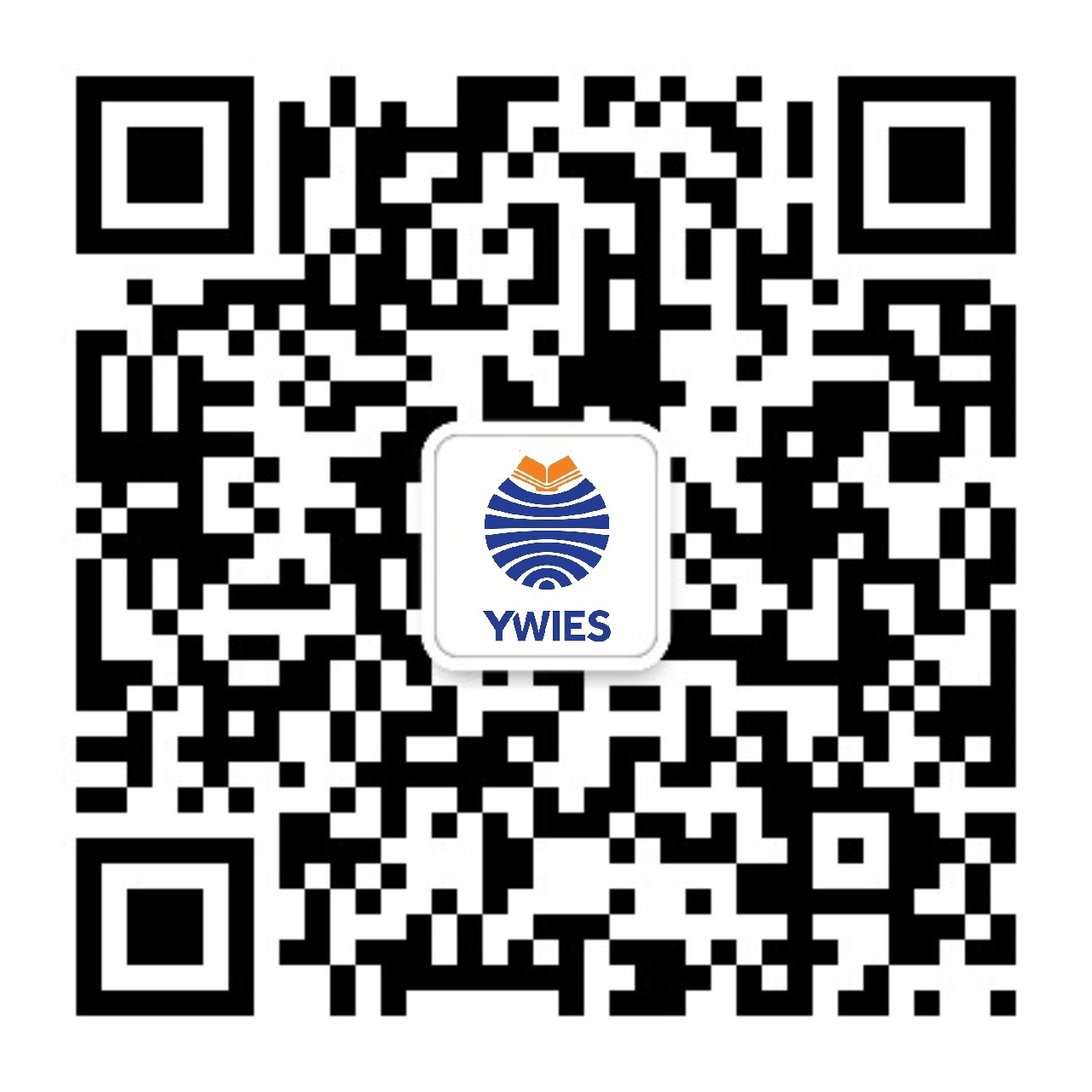Go Back
News
Wechat News
K4 Lion | What happens if all the ice melts?
Wechat News
03 Jan, 2022
10 : 00
The teachers of K4 Lion of ECE found that many children had strong interests in various forms of water recently. Based on the children's interests, the teachers worked with kids in the theme of "what will the world become if all the ice melts?"
Origin:
Zevi, Isaac and Jason used pots and bottles to catch melting ice
Minnie connects water drops in the U bend pipe to make ice cream;
Pearl \ Tina makes frozen beauty liquid;
Evan, Amy \ penny, carry the ice, try to smash the ice, mix the ice and water, and melt the ice. Evan asked how to melt the ice. Amy said put it in the sun.
Later, Penny added hot water to the ice to help it melt. Seeing the effect, Evan also poured in the hot water.
Based on the observations to the students, teachers recorded their interests, supported them in making ice cubes and helped them with ice melting experiments.
In the ice melting experiment, wemade our own new discoveries:
Isaac: sugar and salt bubble.
Penny: hot water turns cold when we put it into ice
Amy: after the hot water was put in, the straw in the ice came out.
Isaac: the ice hardened after adding cold water
The weather became cold. The students measured the temperature and wrote down these figures in the temperature notebook. In the process, the students experienced the change between the indoor and outdoor temperature, we measured the temperature through the thermometer, the children carefully observed the changes of the temperature pointer. The children developed their scientific inquiry ability, and promoted their emergent numeracy skills by writing down numbers.
When discussing the location of glaciers on the earth, the students expressed their opinions one after another, they excitedly shared their existing knowledge of the South Pole and the north pole, and could also name the polar animals 'Penguins' and 'Polar bears'. Based on the students interests, the teachers and students made their unique representation of the South Pole. The children cooperated in the design of oceans, glaciers and penguins. The students used the brush and paint to paint the ocean as a group. They used the foam board to design different sizes of ice, and stuck them in the ocean. Finally, they made different styles of penguins with clay. In the process of creation, the students' mutual cooperation and language expression ability in the group have been developed and the students' imagination and creativity have been promoted.
We began to study the north and south poles and were attracted by the gorgeous Northern light’s pictures. We speculated why there were Northern Lights. We then designed our unique works based on our findings.
The children found that the homes of penguins and polar bears were threatened by global warming and the melting of polar glaciers. The teachers and children started the research and action to protect the earth. The children made picture books to protect the earth and recognised the source of paper products through videos, the children started to realise that saving paper can protect forests. As a group we started to understand about thermal power generation, and spoke about how to save electricity in daily life.
The Iargely tailor-made emergent curriculum helps students explore and discover. The bilingual stream classes are small. Teachers can closely observe children’s feedback during daily activities and select topics according to children’s interests. If a teacher finds that students like to build houses with blocks, he/she will integrate picture books with observation and exploration activities so that students can understand the theme from various aspects like science and art.








